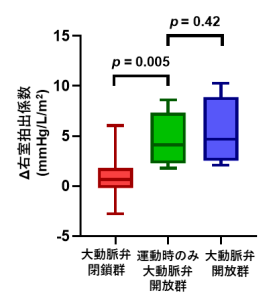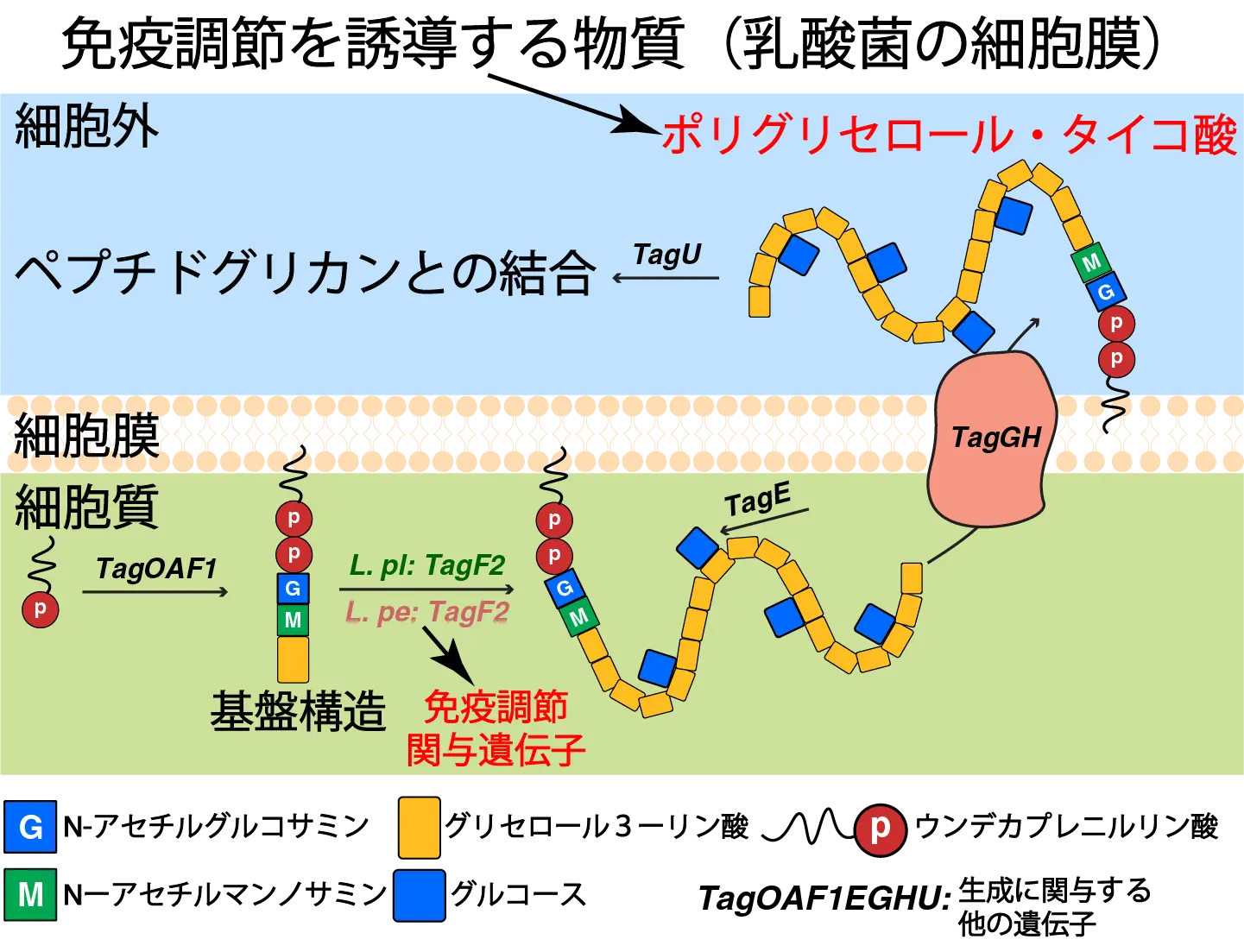2025-06-12 北海道大学

図 1. 大動脈弁の状態と右室予備能との関連安静時及び運動時の大動脈弁閉鎖群におけるΔ右室拍出係数は、安静時及び運動時の大動脈弁開放群と運動時のみの大動脈弁開放群よりも有意に低かった。
<関連情報>
- https://www.hokudai.ac.jp/news/2025/06/post-1921.html
- https://www.hokudai.ac.jp/news/pdf/250612_pr2.pdf
- https://www.jhltonline.org/article/S1053-2498(25)01975-8/abstract
左室補助人工心臓装着後患者における大動脈弁開放と右室予備能との関連の検討 Impact of Right Ventricular Reserve Function During Exercise on Aortic Valve Opening in Patients with Left Ventricular Assist Device
Sakae Takenaka, MD, PhD ∙ Takuma Sato, MD, PhD ∙ Toshiyuki Nagai, MD, PhD ∙ … ∙ Tomonori Ooka, MD, PhD ∙ Satoru Wakasa, MD, PhD ∙ Toshihisa Anzai, MD, PhD
The Journal of Heart and Lung Transplantation Published:May 31, 2025
DOI:https://doi.org/10.1016/j.healun.2025.05.009
Abstract
Background
Although aortic valve (AV) opening during exercise has fewer adverse events in patients with a left ventricular (LV) assist device (LVAD), factors associated with it remains unclear. We hypothesized that right ventricular (RV) reserve function is associated with the AV opening status. This study aimed to explore the hemodynamic parameters observed at rest and during maximal exercise and investigate the association between the RV reserve function and AV opening status in patients with an LVAD.
Methods
We prospectively examined 25 consecutive patients with an LVAD who underwent invasive exercise right heart catheterization with simultaneous echocardiography in the supine position. The AV opening status was assessed at rest and during exercise. The change in RV stroke work index (RVSWI) from rest to peak exercise (ΔRVSWI) was calculated to assess the RV reserve function. Patients were divided into three groups according to AV opening: AV opening both at rest and during exercise (n = 7), AV opening during exercise only (n = 8), and closed AV (n = 10).
Results
Patients with a closed AV had significantly lower ΔRVSWI and ΔRV dP/dt max than those with AV opening both at rest and during exercise and AV opening during exercise only, whereas changes in pulmonary artery wedge pressure and pulmonary vascular resistance were comparable across the groups. In a multivariable logistic regression analysis, ΔRVSWI was independently associated with AV opening even after adjustment for the change in LV ejection fraction from rest to peak exercise. During a median follow-up period of 743 (interquartile range, 483–1,037) days, the incidence of adverse events was higher in patients in the closed AV group than in those in the AV opening groups (p = 0.002).
Conclusions
RV reserve function is associated with AV opening status in patients with an LVAD.
Clinical Trial Registration
URL: https://www.umin.ac.jp/ctr/index.htm. Unique Identifier: UMIN000039001


